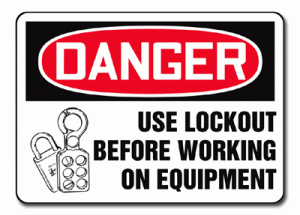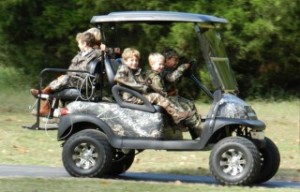 We all want to keep our children safe and secure and help them live to their full potential. Knowing how to prevent leading causes of child injury, like burns, is a step toward this goal.
We all want to keep our children safe and secure and help them live to their full potential. Knowing how to prevent leading causes of child injury, like burns, is a step toward this goal.
Every day, over 300 children ages 0 to 19 are treated in emergency rooms for burn-related injuries and two children die as a result of being burned.
Younger children are more likely to sustain injuries from scald burns that are caused by hot liquids or steam, while older children are more likely to sustain injuries from flame burns that are caused by direct contact with fire.
Thankfully, there are ways you can help protect the children you love from burns.
To prevent burns from fires:
- Be alarmed. Install and maintain smoke alarms in your home—on every floor and near all rooms family members sleep in. Test your smoke alarms once a month to make sure they are working properly.
- Have an escape plan. Create and practice a family fire escape plan, and involve kids in the planning. Make sure everyone knows at least two ways out of every room and identify a central meeting place outside.
- Cook with care. Use safe cooking practices, such as never leaving food unattended on the stove. Also, supervise or restrict children’s use of stoves, ovens, or microwaves.
To prevent burns from scalding water:
- Check water heater temperature. Set your water heater’s thermostat to 120 degrees Fahrenheit or lower. Infants who aren’t walking yet can’t get out of water that may be too hot, and maintaining a constant thermostat setting can help control the water temperature throughout your home—preventing it from getting too high.
via CDC – Injury – Safe Child – Burns.
![]() Motor vehicle-related incidents are consistently the leading cause of work-related fatalities in the United States. Thirty-six percent of occupational fatalities reported by the Bureau of Labor Statistics are associated with motor vehicles. Between 2003-2010, on average:
Motor vehicle-related incidents are consistently the leading cause of work-related fatalities in the United States. Thirty-six percent of occupational fatalities reported by the Bureau of Labor Statistics are associated with motor vehicles. Between 2003-2010, on average:








